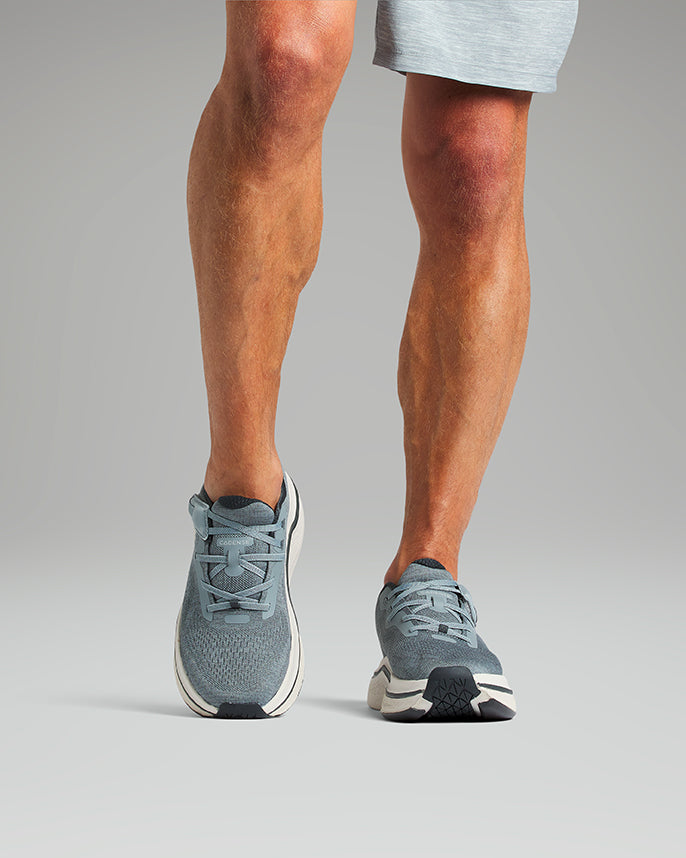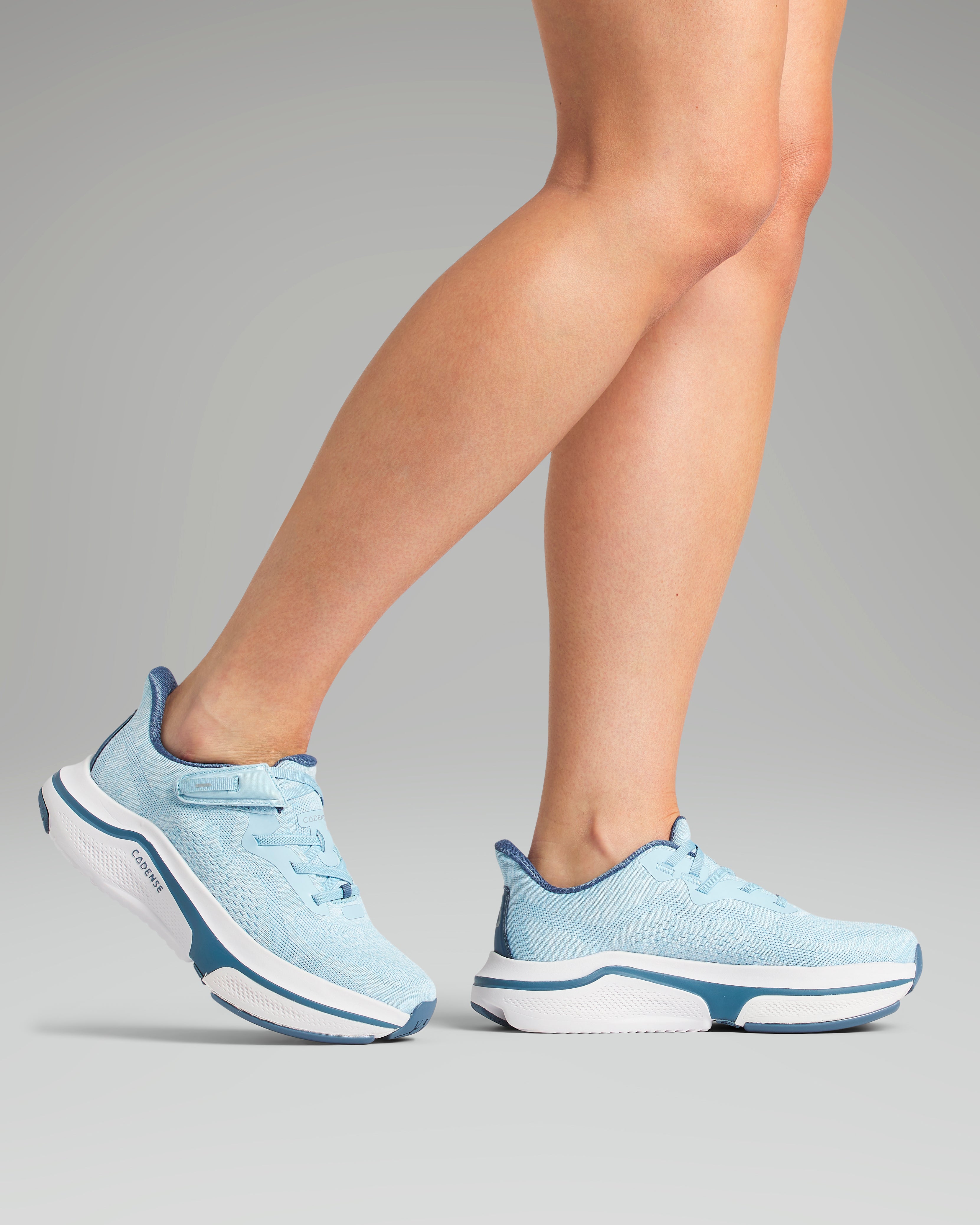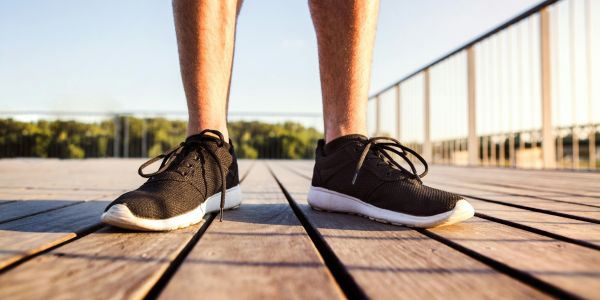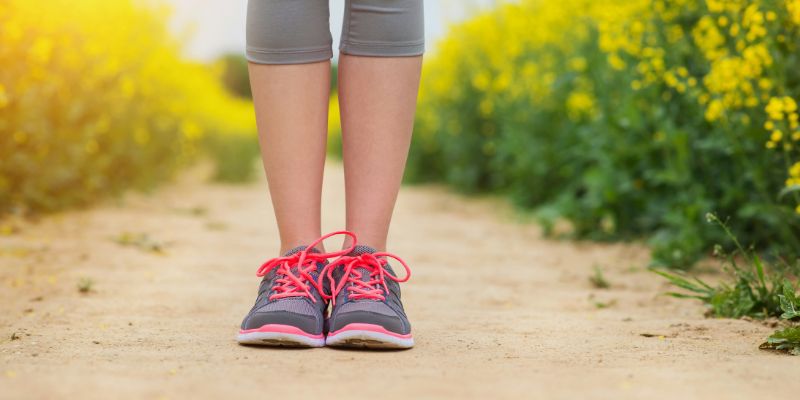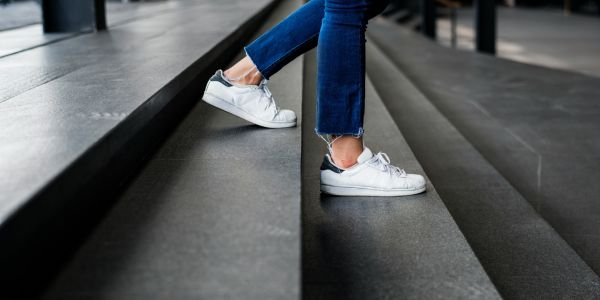
Best Trainers for Multiple Sclerosis Fatigue: How Footwear Can Conserve Energy

If you live with multiple sclerosis (MS), you’ll know fatigue can be one of the most frustrating and life-limiting symptoms. It isn’t just feeling tired — MS fatigue can feel overwhelming, even after simple activities like walking to the kitchen or climbing a few stairs.
This exhaustion often stems from how MS affects the nervous system. When nerve pathways are damaged, signals between the brain and muscles don’t travel as efficiently. That means your muscles have to work harder, and even small movements demand more energy than they should. Add in balance issues, foot drop, or muscle stiffness, and walking can quickly become draining.
That’s why your choice of trainers matters so much. Supportive, lightweight, adaptive footwear can ease strain, conserve energy, and make everyday movement feel more achievable.
What Features Make Trainers Energy-Efficient for MS Fatigue?
Not all trainers are designed with mobility challenges in mind. The best trainers for multiple sclerosis fatigue focus on reducing physical effort and improving walking efficiency.
Here are the key features that can make a meaningful difference:
-
Lightweight construction: Heavy footwear increases fatigue. Adaptive trainers use advanced materials that offer support without weighing you down.
-
Flexible soles: Rigid soles restrict motion and force your body to overwork. Flexible designs promote a natural stride and reduce muscular effort.
-
Wide toe box: Prevents cramping and improves balance by giving toes space to spread.
-
Supportive fit: Secure, well-structured trainers keep the foot stable and prevent unnecessary wobbling.
-
Easy on/off design: Adaptive fastenings like zips or Velcro mean less bending, tugging, or energy wasted before you even start walking.
These combined features allow each step to feel smoother, lighter, and more controlled — helping you get further before fatigue sets in.

How Do the Wrong Trainers Make MS Fatigue Worse?
Wearing the wrong footwear doesn’t just add discomfort — it can intensify fatigue.
For instance:
-
Trainers with little cushioning make muscles absorb impact, causing early tiredness.
-
Narrow or tight styles reduce circulation and throw off balance, forcing your body to make constant micro-corrections.
-
Stiff soles restrict your natural walking motion, meaning every step requires more effort.
Over time, this doesn’t just affect your legs — it can strain your hips, back, and even core muscles as your body works harder to stay upright and stable.
How Do Adaptive Trainers Help People with MS Save Energy?
Cadense’s adaptive trainers are built specifically for people facing mobility challenges like MS-related fatigue. Every design element serves a functional purpose, reducing effort while maintaining comfort and stability.
Here’s how they help conserve energy:
-
Lightweight, flexible soles reduce the muscular effort needed to lift the foot and move forward.
-
Wide toe boxes promote natural balance and reduce the risk of toe drag or stumbling.
-
Patented Variable Friction Technology automatically adjusts grip across different surfaces — minimising slips and helping maintain rhythm when walking.
-
Easy on/off design with adaptive closures makes getting ready less tiring and more independent.
Rather than working against your movement, Cadense trainers work with your body — improving efficiency so you can move confidently and use your energy where it matters most.
Everyday Activities That Become Easier
The right trainers don’t just improve mobility — they make daily routines noticeably easier and less exhausting.
Here are some examples of where supportive footwear makes a difference:
-
Running errands: Lightweight soles and better stability mean less energy spent walking through shops or car parks.
-
Household tasks: Standing to cook, tidy, or do laundry becomes more comfortable thanks to improved shock absorption.
-
Social activities: With less fatigue, you can stay on your feet longer — and focus on enjoying time with friends or family.
-
Work or volunteering: Whether you’re mostly sitting or standing, the right trainers help maintain stamina throughout the day.
These small improvements add up — helping you conserve energy for the parts of life that bring you joy and purpose.

How to Choose the Best Trainers for Your MS Symptoms
Because MS affects everyone differently, the ideal footwear will depend on your personal symptoms and mobility needs. Here are some tailored suggestions:
-
If foot drop is an issue: Choose lightweight trainers with flexible soles that make lifting the foot easier.
-
If balance is a challenge: A wider toe box and firm heel counter help keep each step stable.
-
If numbness or tingling is common: Opt for soft, padded trainers that avoid pressure points.
-
If stiffness is your main concern: Look for flexible uppers that allow more natural movement.
Whenever possible, test trainers indoors first and pay attention to how your body feels after a few minutes of walking. Comfort, support, and energy efficiency should always be top priorities.
Help Reduce Your Fatigue and Move with Confidence
While no footwear can eliminate MS fatigue entirely, the right trainers can make a noticeable difference in how you move and how long your energy lasts.
Adaptive trainers designed with balance, comfort, and mobility in mind can help reduce strain, prevent overexertion, and give you greater confidence in daily life.
Discover Cadense UK — home of truly adaptive trainers built to support those living with multiple sclerosis. Experience footwear that helps you move more freely, conserve energy, and take on every step with confidence.

